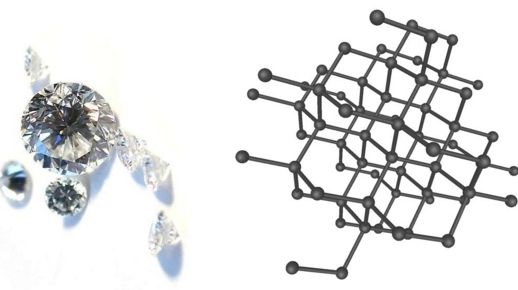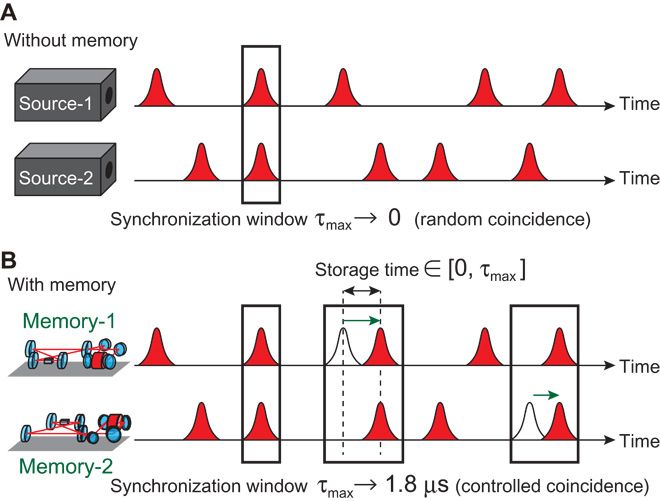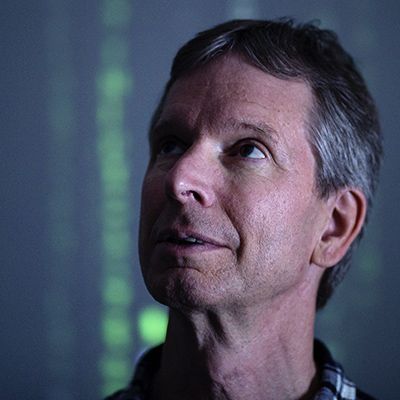May 28, 2016
The business case for bots: Understanding the bot landscape (VB Live)
Posted by Karen Hurst in categories: business, robotics/AI
Like anything else there are fundamentals around when, what, and why to use certain technologies and methods to achieve real value and return out of an investment; and bot technology is no different.
Bots are not only cheaper and faster to build than apps, they let companies engage consumers where they spend most of their mobile time: messaging platforms. Join us to understand why Facebook is going all in on chatbots for Messenger and brands as diverse as Staples, Bank of America, and Taco Bell are leading the bot charge — and bots are literally changing the conversation.
Continue reading “The business case for bots: Understanding the bot landscape (VB Live)” »







 secure than products and institutions built upon legacy architectures.
secure than products and institutions built upon legacy architectures.








